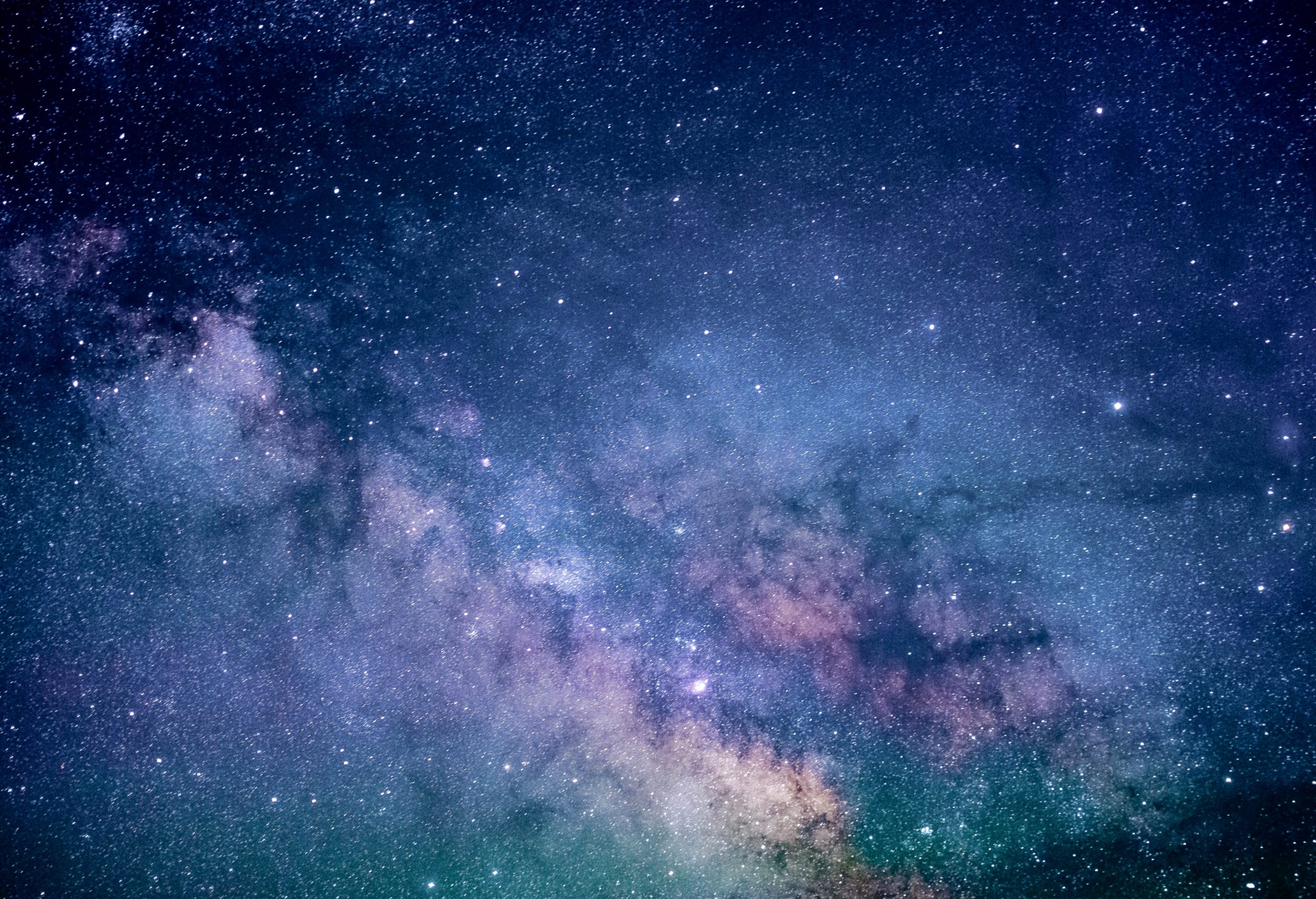ASTRONOMERS have shed light on the mystery of why some galaxies look blue while others appear red.
New computer simulations have revealed that the contrasting colours can be traced back to how energy was released from black holes billions of years ago.
Scientists have known for nearly 100 years that galaxies can be separated into two distinct groups, blue, star-forming spiral galaxies and red, non-star forming elliptical ones.

Red galaxies, which are made up of older stars that turn red with age, were thought to form in regions with huge amounts of dark matter, an elusive entity that makes up around 85% of the Universe.
Blue galaxies, which take their colour from the younger stars they contain, were believed to exist in regions with less dark matter.
However, recent research has suggested that either type of galaxy can form in regions with similar amounts of dark matter, so-called dark matter halos, and that blue galaxies contain more stars than red ones.
A team led by Dr Weiguang Cui from the University of Edinburgh’s Institute for Astronomy used leading edge simulations to recreate these observations, something most previous models have been unable to do.

This revealed that differences in the way the dark matter halos, a key building block of galaxies, develop over time influence which type of galaxy will form and the number of stars they contain.
The team found that halos with the same mass that formed earlier tend to contain blue galaxies while those that formed later usually contain red ones.
The team also found that the way energy is released from black holes, which are found at the centre of every galaxy, is crucial.

The findings show that halos formed later will result in their galaxies having less gas, which causes black holes to emit huge amounts of energy that stops the formation of new stars.
By contrast, halos that formed earlier contain more gas, which causes black holes to release less energy and does not prevent new stars forming.
The research, published in the journal Nature Astronomy, was funded by the European Research Council, Royal Society and Science and Technology Facilities Council.
Professor Romeel Davé, of the University of Edinburgh’s School of Physics and Astronomy, said: “Our simulations for the first time demonstrate that the origin of blue and red galaxies can be traced back to the way energy is released from supermassive black holes.”
Professor John A Peacock, also of the School of Physics and Astronomy, added: “Such increasingly realistic simulations give us confidence that we are moving towards understanding how the billions of galaxies we see in a variety of shapes, sizes and colours formed out of the primordial soup of the Big Bang.”
